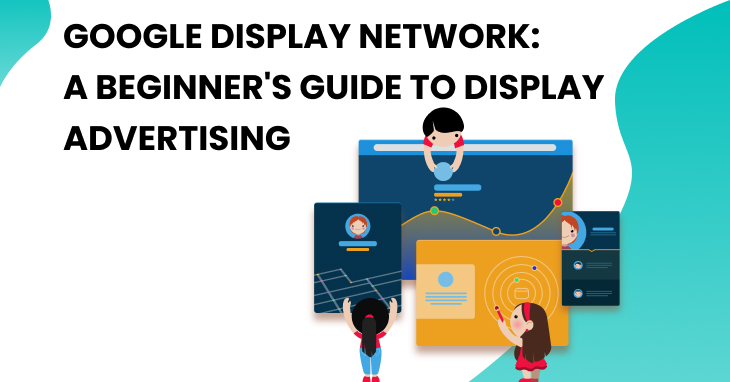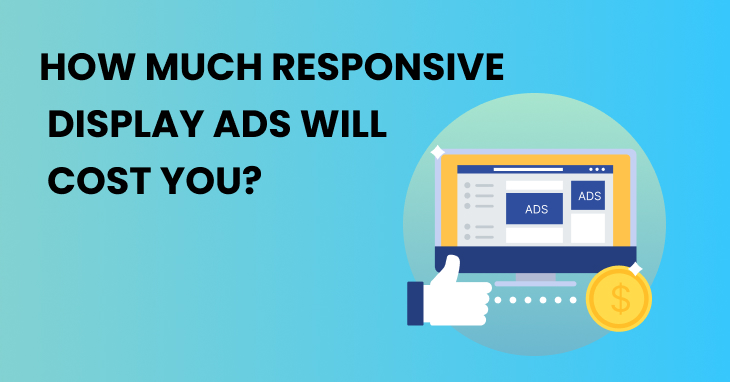I hope you enjoy reading this blog post.
If you want to get more traffic, Contact Us

Click Here - Free 30-Minute Strategy Session
Be quick! FREE spots are almost gone for this Month. Free Quote

The Google Display Network is a platform where you can showcase your ads on various digital properties such as:
It has a diverse selection of ad formats, including:

Click Here – Free 30-Minute Strategy Session
Be quick! FREE spots are almost gone for this Month
It lets you target your audience according to demographics, interests and browsing behaviour. This makes it a potent tool for increasing brand visibility, generating traffic and boosting sales.
What is the Importance of Google Display Network?
The GDN is significant because it enables you to access a vast pool of potential clients across various contexts. By presenting you Google ads on relevant digital properties, you can engage users who are already interested in content related to your business or industry, which can increase the chances of them being drawn to your products or services.
Moreover, the GDN provides a range of targeting options that can help you optimise your campaigns’ efficacy by making sure that your ads are shown to the right people at the right time. Overall, the GDN is an indispensable component of a successful digital marketing strategy that can help you connect with new customers and grow your business.
Benefits of Google Display Network
The Google Display Network is an extensive network that includes over 2 million websites, apps and videos where Google ads can be displayed. With such a wide range of platforms, the GDN has a global reach and can target more than 90% of internet users worldwide.
Using display ads, you can do the following:

The Google Display Network (GDN) operates by displaying your online ads that are relevant to your business and to users who meet the criteria that you specify.
To dive into more detail, the GDN allows you to target your audience based on their interests. This means that you can display your ads to people who have shown an interest in your products or services or those who have engaged in activities that are related to your business.
There are three main interest-targeting categories that you can choose from on the GDN.
By utilising the GDN’s targeting options, you can ensure that your ads are displayed to the right people at the right time, increasing the chances of engagement and conversions.
Learn More: Conversion Rate optimization strategy

Demographic targeting is a way to focus your Google display ads efforts on potential customers who meet specific criteria such as:
By using this targeting option, you can tailor your ads to reach audiences that are most likely to be interested in your products or services.
What To Do?
It is important to keep in mind that the more specific your targeting, the fewer people will see your ads. Therefore, it’s recommended to test several targeting combinations to determine which ones yield the most conversions.
By experimenting with various targeting options, you can optimise your ad campaigns and increase your chances of reaching your desired audience effectively.
When it comes to advertising on Google, there are two main options available: the Google Display Network (GDN) and Google Ads. While they are both advertising platforms offered by Google, they differ in several ways.
In conclusion: One of the key differences between the two platforms is their advertising goals. The Google Display Network is best suited for businesses looking to increase their brand awareness, as it offers a wide range of ad formats and the ability to reach a large audience. Google Ads, on the other hand, is better suited for businesses looking to drive immediate conversions, such as sales or sign-ups.
Overall, both the Google Display Network and Google Ads are powerful advertising platforms that can help businesses reach their target audience effectively.
Choosing the right platform for your business depends on:

When it comes to using the Google Display Network (GDN), the cost will ultimately depend on your budget and how much you’re willing to spend. However, the average cost per click on the GDN is usually less than $1.
Similar to the Google Search Network, the GDN operates on a live auction system, and you will be charged every time someone clicks on your ads.
Key advantages of using the GDN are:
So, if you’re looking to raise awareness of your brand and reach a large audience, the Google Display Network can be a cost-effective option for your advertising budget.
If you’re looking to run your ads on the Google Display Network, you can create a display campaign through your Google Ads account.
Here’s a step-by-step guide:
Keep in mind that creating effective display ads requires attention to detail and a strong understanding of your target audience. You may need to experiment with different ad formats, targeting options and messaging to find what works best for your business.
Here are some guidelines to optimize your ads for the Google Display Network:
By following these best practices, you can create responsive display ads that reach users and drive performance.
What Do You Need to Know About Google Search Network?
The Google Search Network refers to a collection of search-related applications and websites where your advertisements can be displayed. Google Search, Google Maps, Google Images and Google Shopping are among the Google-owned sites included in this network.
When you advertise on the Google Search Network, your ads are triggered by relevant search queries entered by users. This implies that when someone searches for keywords related to your product or service, your ads can appear at the top of the search results, driving traffic to your website and increasing conversions.
Learn More: Comprehensive Guide on CRO
To get ahead of your competition on the Google Display Network, simply understanding how it works isn’t enough. You need to take a deeper dive into your competitors’ ad campaigns, including:
By doing so, you can learn from their successes and build on them. To help you with this, use tools that offer features such as detailed analysis of your competitors’ digital campaigns, insight into their ad spending and strategies, comparisons with your campaigns and access to data from a vast database of advertisers.
Learn More: Why Use AdWords – Top 10 Reasons
The Google Display Network offers an excellent opportunity for businesses to expand their reach and attain their marketing objectives. Advertisers can optimize their ads for maximum performance by adhering to best practices, such as:
By combining a thorough understanding of the GDN with a strategic approach to ad creation and analysis, you can master the art of outperforming your competitors and implementing advertising campaigns successfully.

LEAVE A REPLY